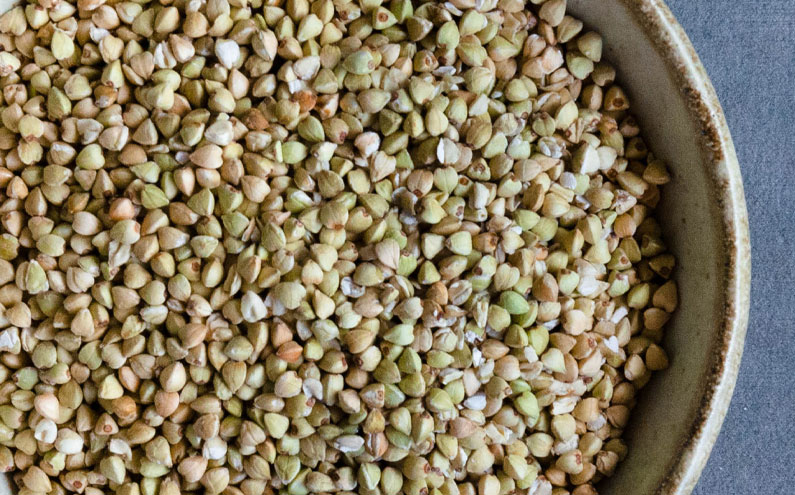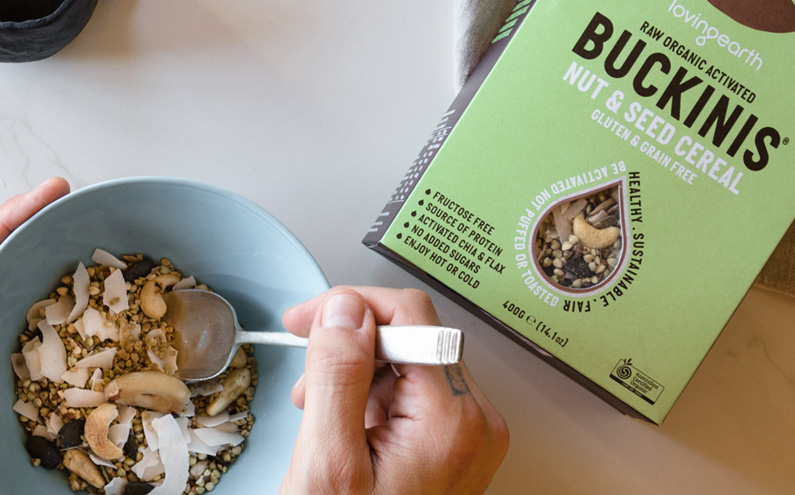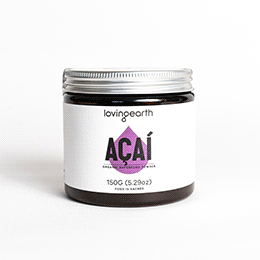
It looks like a grainy cereal, it sounds like some kind of wheat – but surprisingly enough, Buckwheat is none of those. It is actually the seed of a fruit. In fact, Buckwheat is not related to wheat at all, it comes from the sorrel, knotweed and rhubarb family. This stuff is so popular, there is an actual international symposium on buckwheat held every three years! If you cannot make it to the next one – here are some things you should know about this mystery super food...
Not to be mistaken with one of the new fad super foods, buckwheat has been enjoyed by health conscious trendsetters for more than 8,000 years. There are remains found in China and Japan that go back to 4,000 BC. This is around the same time it was documented in Europe as well, probably by some of the earliest bloggers! Some believe domestication and cultivation of buckwheat might go all the way back to 6,000 BC.
One of the distinguishing features of buckwheat is that it does not contain any gluten thus making it a great alternative for people with an intolerance to the stuff. It has a high protein content, contains all essential amino acids and is especially high in Lysine, Tryptophan and Arginine. This is particularly important since the body cannot produce essential amino acids on its own and depends entirely on food sources to get them. Its unique amino acid profile also makes it easier for the body to absorb protein from beans or other cereals if consumed on the same day.
A rich source of minerals like Zinc, Iron, Copper, Manganese and B Vitamins, buckwheat is also low in fat. The little fat that it does contain is mostly monounsaturated, which is the kind that makes olive oil good for the heart. The Magnesium present also helps improve blood circulation and decreases blood pressure. Buckwheat has a lot of heart-healthy soluble fibre, which helps reduce cholesterol, and also contains resistant starch, which boosts colon health and helps control blood sugar levels. The flavonoids in buckwheat, Quercitin and Rutin, have healing and antioxidant properties.
Buckwheat can be consumed in a variety of ways – the seed contains a starchy endosperm, which can be extracted from the outer hull. This is the buckwheat flour used in Tibetan, Chinese, Japanese and Korean cultures to make noodles. These are commonly referred to as Soba noodles in Japan.
Buckwheat was also widely cooked and consumed as porridge and brought over to America by Russian and Polish immigrants. Sweet and savoury variations of pancakes and crepes are popular all the way from France and Belgium to the mountainous regions of Nepal. Apart from this, buckwheat is a great alternative or addition to any rice, wheat or pasta type dishes. It’s also great in soups and can also be used to make biscuits and cakes. Care must be taken when trying it out for the first time though, since there have been some reported cases of allergic reactions.

Our favourite buckwheat food is of course Buckinis! Buckinis are activated buckwheat - great for breakfast with nuts, fruits and nut milk for a supercharged start to the day, or just by itself as a trail mix any time hunger pangs strike. Buckinis has an alkalising effect on the body unlike other grains or cereals like oats, rice and wheat, which create an acidic environment.
But the ‘buck’ doesn’t stop here – this ultra versatile food can be used to make gluten free beers and the hull can even be used as upholstery filling! Now this is why it’s called a super food!



Hiya :)
I just received a package of activated buckinis. I noticed that it says use by the beginning of March and I am wondering if it actually expires after two months?
Thank you,
Elissa
Hi Elissa,
Our Use by dates are within 18 months of production, so it may be that the use by is March 2017. It'll be fine to use and still taste delicious though : ) If you have any other questions, please send us an email to info@lovingearth.net. Thanks!